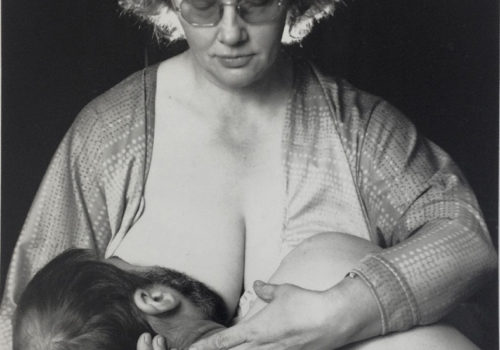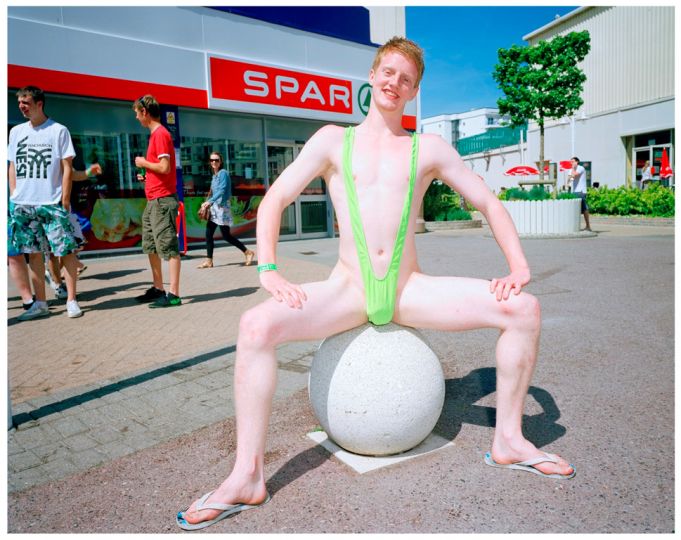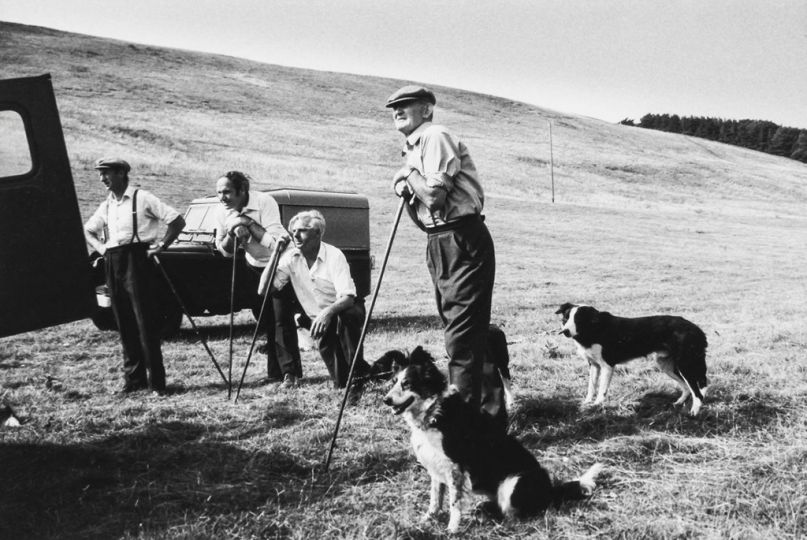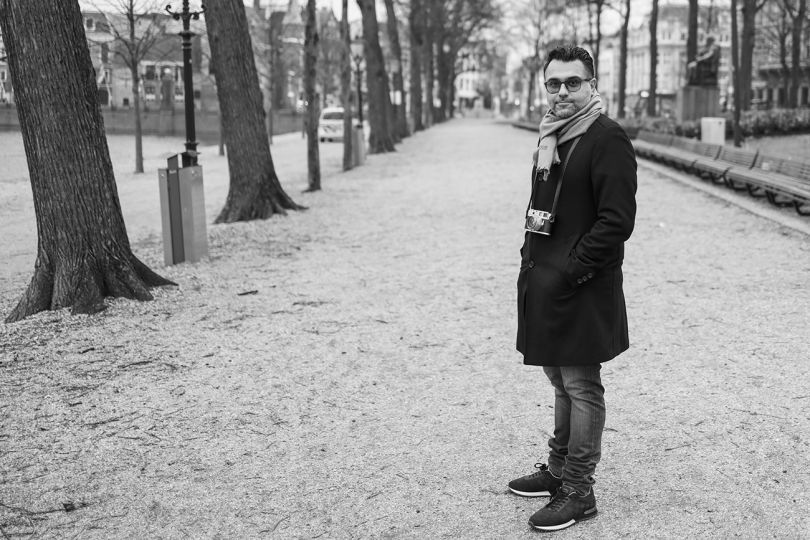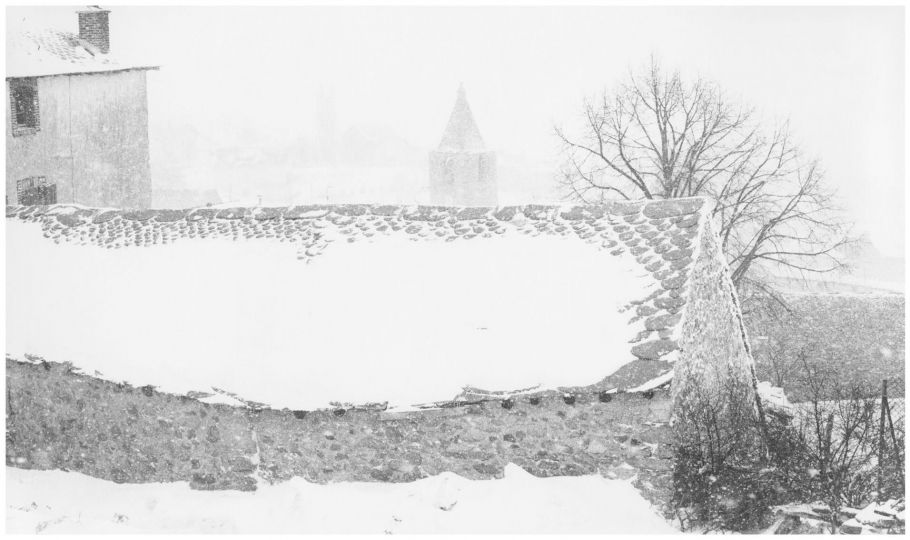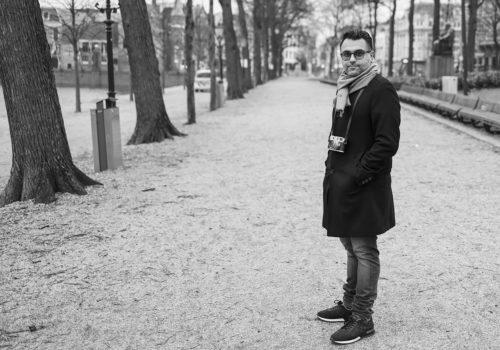L’Oeil de la Photographie is pleased to link up with a new educational resource britishphotography.org to provide an A to Z of British Photography. Every two weeks we will present the next letter of the alphabet.
Just launched britishphotography.org gives online access to Claire and James Hyman’s personal collection of British photography as well as providing essays on the subject and links to other websites.
Established over a period of nearly twenty years, the Hyman Collection consists of over 3,000 artworks with an emphasis on photography from nineteenth century salt prints to contemporary works. The Hyman Collection seeks to support British Photography through education and acquisitions and to use britishphotography.org as a forum for promoting British Photography.

